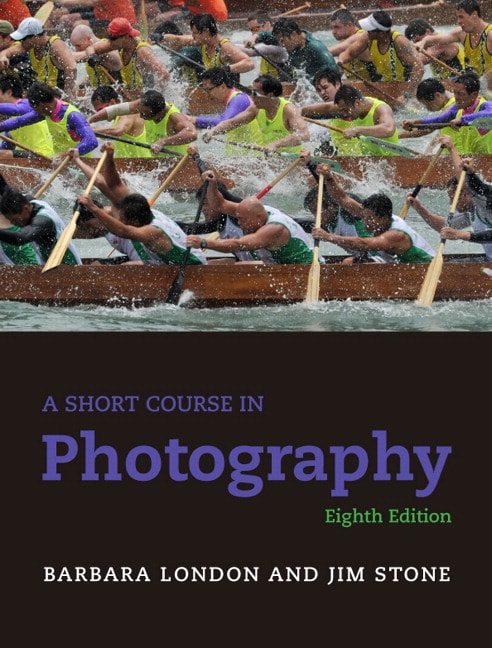
30.00$ - Purchase this E-book
Category : Higher Education
Chapter 1 Camera Getting Started Camera and film Loading film into the camera Focusing and setting the exposure Exposure readout Exposing the film What will you photograph? Using a digital camera Types of Cameras Basic Camera Controls More about Camera Controls Inside a singlelens reflex camera Shutter Speed Affects light and motion Aperture Affects light and depth of field Shutter Speed and Aperture Blur vs. depth of field Getting the Most from Your Camera and Lens Chapter 2 Lens Lens Focal Length The basic difference between lenses Normal Focal Length The most like human vision Long Focal Length Telephoto lenses Short Focal Length Wide-angle lenses Zoom, Macro, and Fisheye Lenses Focus and Depth of Field Automatic Focus Depth of Field Controlling sharpness in a photograph More about Depth of Field How to preview it Perspective How a photograph shows depth Lens Attachments Making close-ups Using filters Polarization and other effects Chapter 3 Film Selecting and Using Film Film Speed and Grain The two go together Special-Purpose Films Infrared and chromogenic Color in Film and Digital Color Films Chapter 4 Exposure Normal Exposure, Underexposure, and Overexposure Exposure Meters What different types do How to calculate and adjust an exposure manually Overriding an Automatic Exposure Camera Making an Exposure of an Average Scene Exposing Scenes That are Lighter or Darker than Average Backlighting Exposing Scenes with High Contrast Low Light and Reciprocity Exposures in Hard-to-Meter Situations Chapter 5 Developing the Negative Processing Film Equipment and chemicals you’ll need Mixing and Handling Chemicals Processing Film Step by Step Setting out materials needed Preparing the film Development Stop bath and fixer Washing and drying Summary of Film Processing How Chemicals Affect Film Evaluating Your Negatives Push Processing Chapter 6 Printing Printing Equipment and materials you’ll need Making a Contact Print Step by Step Processing a Print Step by Step Development Stop bath and fixer Washing and drying Summary of Print Processing Making an Enlarged Print Step by Step Setting up the enlarger Exposing a test print Exposing a final print Evaluating Your Print for Density and Contrast More about Contrast How to control it in a print Local Controls Burning in and dodging Cropping Spotting Mounting a Print Equipment and materials you’ll need Dry Mounting a Print Step by Step Bleed Mounting/Overmatting Chapter 7 Lighting Qualities of Light From direct to diffused Existing Light Use what’s available The Main Light The strongest source of light Fill Light To lighten shadows Simple Portrait Lighting Using Artificial Light Photolamp or flash More about Flash How to position it Using Flash Chapter 8 Digital Photography Equipment and Materials You’ll Need Pixels Make the Picture Digital Color Modes, gamuts, spaces, and profiles Channels Using Histograms and the Info Palette Setting up a Workflow Stay organized Workflow programs: Aperture and lightroom Importing an Image Scanning Getting Started Editing an Image Adjusting an Image Levels Curves Adjusting Part of an Image Selections More Techniques Layers Filters Retouching Sharpening Compositing Making a Digital Image Step by Step Soft Proofing Printing Storage, Archiving, Retrieval Ethics and Digital Imaging Chapter 9 Seeing Like a Camera What’s in the Picture The edges or frame The background Depth of Field Which parts are sharp Time and Motion in a Photograph Depth in a Picture Three dimensions become two Chaos becomes order Photographing for Meaning Portraits Informal: Finding them Formal: Setting them up Photographing the Landscape Photographing the Cityscape Photographing Inside Responding to Photographs How to Learn More Troubleshooting Glossary Photo Credits Bibliography Index Table of Contents
Get Short Course in Photography, A, 8th Edition by Barbara London, Multimedia Learning Jim Stone, University of New Mexico


0 commentaires:
Enregistrer un commentaire